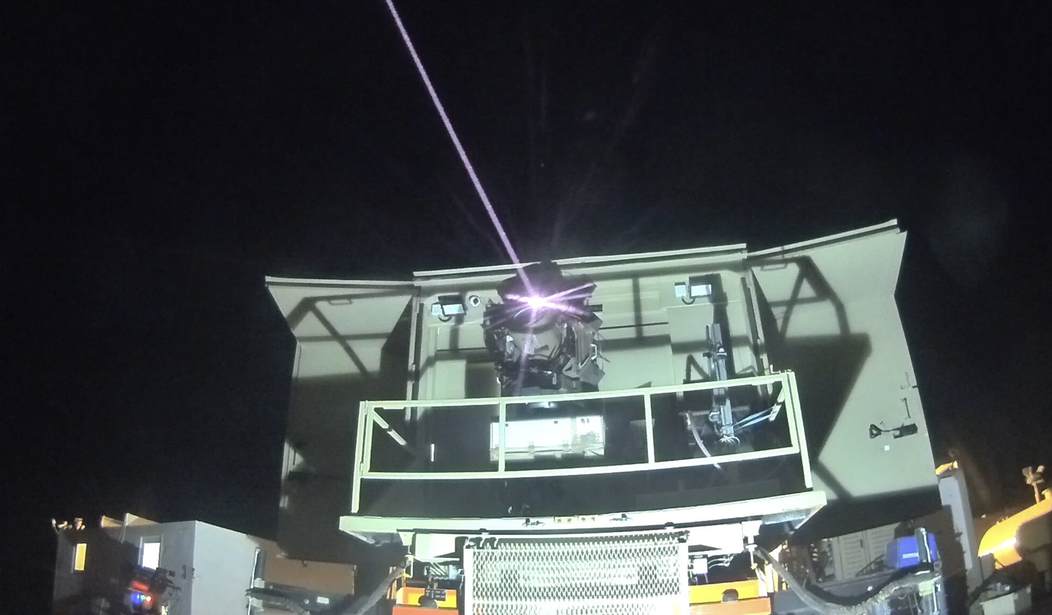Okay, it's a little late. I went to friends' for Thanksgiving, and I'm recovering slowly. Here's a nice, calming, restful soundtrack for today.
Let's start with a look back at the Good Old Days of science fiction.
Classic Valigursky magic: that unmistakable needle-nosed, finned silver rocket slicing through the sky like it owns the cosmos owes it money. This one’s pure retro-futurism bliss: sleek chrome ship banking hard over a craggy alien moon (or planet?), twin suns bleeding orange… pic.twitter.com/n1tCgxm8dC
— Black Hole (@konstructivizm) November 28, 2025
Of course, we didn't get cool '50s rockets, but we have something better.
Breathtaking! New Zealand as seen from the International Space Station (ISS). 😳
— Milky Way Astronomers✨ (@fascinatingonX) November 28, 2025
📸: NASA/ISS pic.twitter.com/k67VTTAoP3
"That contraption ain't fit for a man, let alone a couple o' sprouts!"
Apollo 11 LM Eagle in Lunar Orbit
— Mike Constantine (@Moonpans) November 16, 2025
This photo shows the Apollo 11 lunar module soon after un-docking from the Command Module
In lunar orbit, as it prepares to make the historic first manned landing on the moon pic.twitter.com/Bx0jkBahpu
We're in the middle of a really slow galaxy wreck. We're like mayflies trying to figure out the seasons.
🚨 Right Now, We are inside a Galactic Collision. The Canis Major Galaxy Is currently colliding with the Milky Way. pic.twitter.com/sdtKEAg80X
— Curiosity (@MAstronomers) November 28, 2025
Dark matter continues to be a puzzle, but there's increasing evidence that there's something causing all the commotion.
For nearly a century, we have inferred the existence of dark matter because galaxies behave as if they contain far more mass than their visible stars and gas could account for.
— Erika (@ExploreCosmos_) November 26, 2025
Now, using data from the Fermi Gamma-ray Space Telescope, a team led by Tomonori Totani (University… pic.twitter.com/6lK5nEQX0N
Time to start looking for your homestead.
Do you lie awake at night worrying about NASA's low resolution Mars topography map in @googleearth?
— Casey Handmer (@CJHandmer) November 25, 2025
I do. So I'm doing something about it.
In a month or so, you'll be able to download a colormatched 300 GB superoverlay for the entire planet. Start deleting your old memes to… pic.twitter.com/D993pZhqsl
There's lots of real estate out there. The commute would be a bear.
Imagine this: 300 light-years away, there’s a star almost identical to our Sun, and around it orbits an entire alien planetary family. And for the first time in human history, we’re not just detecting a blip, a wobble, or a dip in brightness; we’re looking at a real,… pic.twitter.com/jBaGlXmgFu
— Black Hole (@konstructivizm) November 26, 2025
It's still exciting in the local neighborhood, though.
Something wild is happening on the Sun’s hidden side right now.For days, the far side has been vomiting one colossal coronal mass ejection after another, an almost unbroken firehose of billion-ton plasma clouds blasting into space at millions of kilometers per hour. The dark limb… pic.twitter.com/M7rRMlUMep
— Black Hole (@konstructivizm) November 26, 2025
Near and far.
Andromeda above auroras, in collaboration with National Geographic's @BabakTafreshi. Together we photographed the same subjects from Earth and space in our most ambitious project yet, for a perspective like no other! pic.twitter.com/4HjrGYrMDG
— Don Pettit (@astro_Pettit) November 27, 2025
Winter storms.
This is a 2000-km-wide vortex of swirling clouds circling above Saturn's north pole. This image was captured in polarized light by Cassini on Nov. 27, 2012 and has been adjusted to approximate the visible-light color of the area at the time. pic.twitter.com/gXXHNVRwHu
— Jason Major (@JPMajor) November 27, 2025
“Space is big. Really big. You just won’t believe how vastly, hugely, mind-bogglingly big it is. I mean, you may think it’s a long way down the road to the chemist’s, but that’s just peanuts to space.”
Proud to unveil my most difficult deep sky project ever: a 350 hour exposure that spans the distance between the Milky Way and Andromeda Galaxy.
— Andrew McCarthy (@AJamesMcCarthy) November 27, 2025
Over a year in the works, this shows many fascinating objects I’ve never captured before! pic.twitter.com/hQdltlfDL6
The most complex deep-sky photo I’ve ever captured: a 350 hour exposure that shows how Andromeda interacts with our own galaxy.
— Andrew McCarthy (@AJamesMcCarthy) November 28, 2025
This 248 megapixel image was created from over a terabyte of data captured throughout the past year. See the details in the reply 👇 pic.twitter.com/RYNh8608Hw
Nebulae. I was going to go for "It's a gas!" but that was too cheesy.
The Orion Nebula! 📷
— 🔭AstroBackyard (@AstroBackyard) November 27, 2025
My latest picture is the brilliant Orion Nebula, captured through a small telescope in the backyard.
This nebula is visible to the naked eye as the “middle star” in Orion’s sword, hanging below Orion’s Belt.
You can also see the “Running Man Nebula” just… pic.twitter.com/RJkgksIEo3
That has to be a movie scene, right?
The underground observatory Jiangmen Underground Neutrino Observatory (JUNO), located in southern China and now the world’s largest neutrino detector, has unveiled its first scientific results, astonishing given that data were collected over only 59 days.
— Erika (@ExploreCosmos_) November 27, 2025
JUNO houses a… pic.twitter.com/BcQVjB75d7
So I hope everyone had a happy Thanksgiving and recovered from the party quicker than I did. Leave some comments about your celebration.










